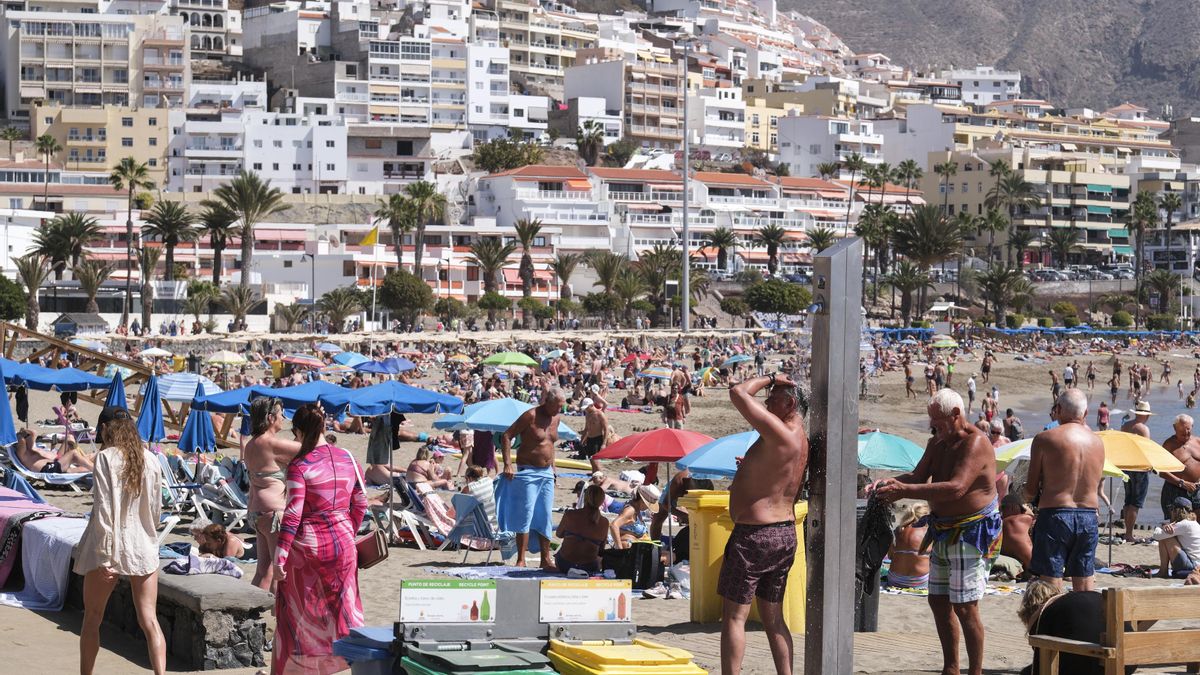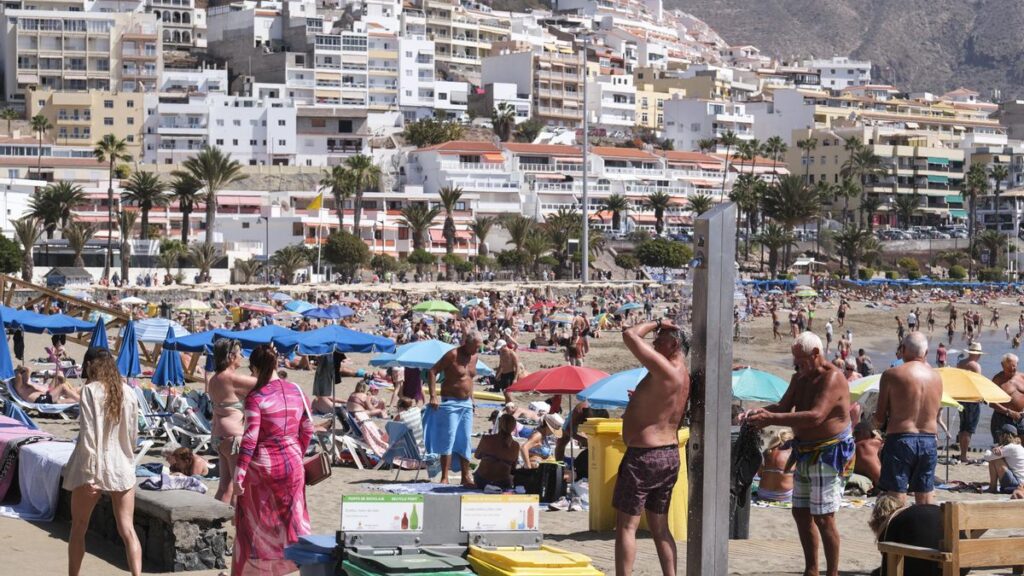A tourism powerhouse with no signs of slowing down
The tourism sector in the Canary Islands shows no signs of weakness in purely economic terms. On the contrary, it continues to demonstrate remarkable strength, at least in terms of overall revenue and profitability. This dominant industry, which accounts for over 35% of the region’s Gross Domestic Product (GDP), is once again posting exceptionally strong official figures. The islands are welcoming ever-increasing numbers of visitors, particularly from abroad, experiencing more robust occupancy levels in hotel establishments, and seeing room prices climb steadily with no apparent ceiling in sight for now.
Strong summer season kickoff in july 2025
This positive trend was reflected again in July 2025, the first full month of the summer season (with only May showing a slight dip so far this year). The data is based on variables published this Friday by Spain’s National Statistics Institute (INE) and recent figures from Turespaña, the central government’s public tourism promotion company, released this same week. The INE has published its July 2025 Hotel Tourism Situation statistics, which confirm the assertions made here.
Leading the nation in hotel price increases
According to this technical report, the Canary Islands is the autonomous community with the highest increase in its Hotel Price Index (IPH)—the prices businesses charge their customers. In July 2025, the year-on-year figure, which compares data with July 2024, reached 9% (8.76%), the highest rate in the country. Furthermore, the national IPH for the same period was almost half that, reflecting a year-on-year increase of just 5%.
Key performance metrics signal a prolonged boom
This isn’t the only variable pointing to a prolonged tourism boom in the islands—now entering its third consecutive year. The same positive trend is seen in two key parameters that track the evolution of hotel revenues: the Average Daily Rate (ADR) per occupied room and the Revenue Per Available Room (RevPAR). In both cases, the price list has surged compared to the same month last year. The average income per occupied room reached €140 per night, a 5.19% year-on-year increase, and €116 when calculated per available room. The latter figure shows a greater increase due to the optimal occupancy levels in traditional Canary Islands establishments, a direct result of the continuous rise in visitor arrivals, especially those of international origin.
Surge in international visitors
Regarding international arrivals, Turespaña’s balance of foreign tourist arrivals by autonomous community from January to July this year shows the Canary Islands experienced a 4.9% increase compared to the same seven-month period in 2024. This translates to an absolute figure of 9.2 million international tourists, representing a staggering 450,800 more people than from January to July 2024. This enormous number strongly indicates that, barring any unforeseen circumstances, 2025 will be the third consecutive record-breaking year for tourist arrivals to the Canaries.
Top destinations for visitors to spain
According to the same source, Andalusia, Catalonia, and the Valencian Community were the top destinations for residents of Spain in July 2025, accounting for 24.4%, 14.5%, and 13.0% of total overnight stays, respectively. For non-residents, however, the Balearic Islands, Catalonia, and the Canary Islands led the way, capturing 34.4%, 20.4%, and 18.1% of the total share. By tourist zone, the island of Mallorca registered the highest number of overnight stays, with over 8.2 million, while the top-performing tourist spots were Barcelona, Madrid, and Calvià.
Where visitors are coming from
Looking at traveler origin, visitors from the United Kingdom and Germany accounted for 26.1% and 14.5% of non-resident overnight stays in July, a traditional pattern for both Spain and the Canaries. Overnight stays from travelers from France, the Netherlands, and Italy (the next largest source markets) represented 8.1%, 5%, and 4.2% of the Spanish total.
Record-breaking occupancy rates across spain
Regarding average occupancy rates in traditional establishments, 70.6% of offered beds were filled across Spain in July, representing a 0.8% annual increase. The weekend occupancy rate by beds grew by 0.3%, settling at 75.2%—also a national record. The Balearic Islands had the highest occupancy rate by beds during July at 86.6%. By tourist zone, Palma-Calvià achieved the strongest occupancy rates both overall and on weekends, at 88.8% and 90.3% respectively. The tourist spot with the highest occupancy rate by beds was Sant Llorenç des Cardassar (94.2%), while Isla Cristina presented the best weekend figure (95.7%).


